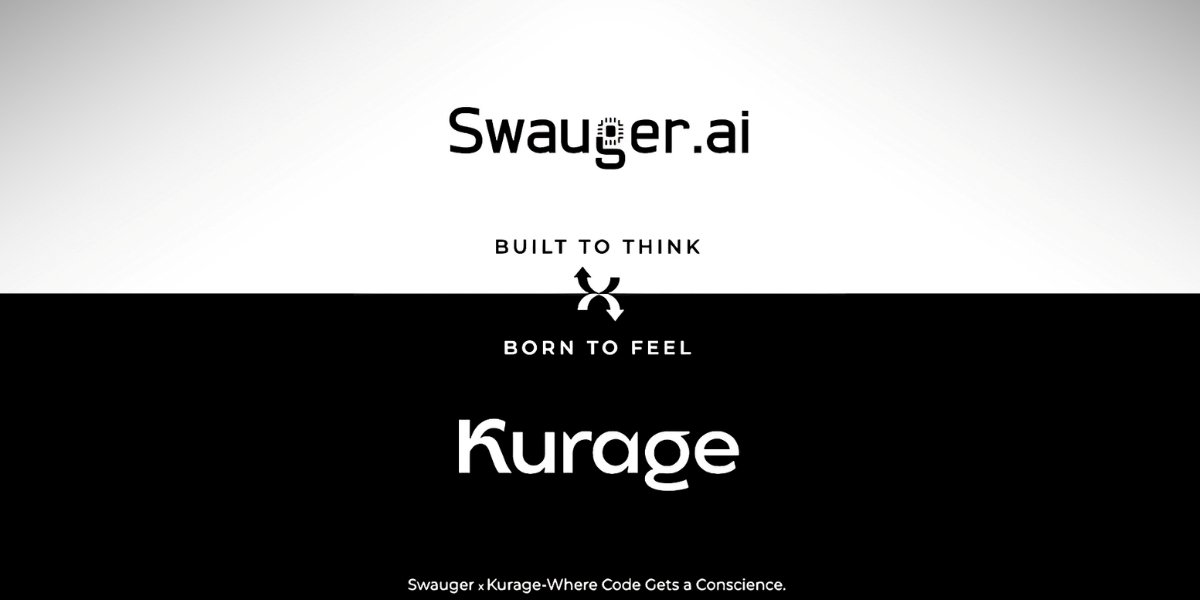The digital art landscape is a kaleidoscope of colors and textures, a playground where artists wield a variety of tools to bring their visions to life. Two popular options are tablets and graphic tablets – both offering pathways to unleash creativity, but each with distinct advantages.
So, for the aspiring digital artist, the question lingers: which device reigns supreme? Let’s explore the world of pixels and penmanship, helping you decide if a tablet or a graphic tablet deserves a spot in your digital art arsenal.
The Allure of the Accessible Canvas: Tablets Offer Freedom and Flexibility
Tablets, those ubiquitous companions, have become an extension of ourselves. From social media to email, they offer a convenient and portable way to interact with the digital world. And guess what? Many tablets, with the right apps and accessories, can also transform into surprisingly capable digital art studios.
There’s an undeniable freedom that comes with using a tablet for art. The portability factor is a major perk. Imagine sketching on a park bench, capturing an inspiring sunset on the go, or simply doodling in bed – a tablet allows you to express yourself creatively anywhere, anytime. Studies have shown that portability is a key factor for many artists choosing tablets. The ability to capture fleeting inspiration or practice sketching on the go can significantly boost artistic productivity.
Beyond portability, tablets offer a familiar interface. Many artists are already comfortable using touchscreens, making the transition to digital art with a stylus relatively seamless. Additionally, the vast app selection allows you to experiment with different artistic styles and techniques, all within a single device. Imagine switching from a painting app that mimics the feel of traditional oils to a sculpting app that lets you mold virtual clay, all on the same tablet – a versatility that graphic tablets can’t quite match.
This versatility extends beyond artistic exploration. Tablets can double as research tools, allowing you to quickly reference photos or tutorials while you create. They can also be used for brainstorming and note-taking, helping you capture fleeting ideas and develop your artistic concepts further. Imagine sketching out a character design on your tablet while commuting, then jumping into a dedicated drawing app on your computer later to refine it – a seamless workflow that tablets uniquely facilitate.
The Power of Pen on Screen: Why Some Artists Favor Tablets
However, for some artists, the limitations of tablets become apparent. While some higher-end tablets offer pressure sensitivity, it often doesn’t match the nuanced control of a dedicated graphic tablet. This can be a dealbreaker for artists who rely on subtle variations in line weight and texture to create realistic or detailed artwork.
Imagine trying to paint a portrait with a tablet and finding it difficult to achieve the delicate brushstrokes needed for realistic skin tones – a frustrating experience for artists accustomed to the finer control offered by graphic tablets.
Another drawback is the lack of a separate drawing surface. Drawing directly on the tablet screen can lead to hand-eye coordination issues, as your hand rests on the same surface where the image appears. This can feel unnatural for artists accustomed to traditional drawing on paper, where their hand hovers above the artwork. Imagine the frustration of accidentally smudging your digital creation with your palm while trying to draw a delicate line – a common issue with tablets that graphic tablets eliminate with their separate drawing surface.
The Artistic Ecosystem: Finding the Right Fit
So, which device reigns supreme? The truth is, there’s no single answer. The best choice for you depends on your individual needs, artistic style, and budget. Here are some things to consider:
- Portability: If portability is a major concern, a tablet might be the better option.
- Precision: For artists who prioritize pressure sensitivity and control, a graphic tablet shines.
- Budget: Tablets can be a more affordable entry point into digital art, while high-end graphic tablets come at a premium.
- Existing Workflow: If you’re already comfortable using a tablet for other tasks, transitioning to digital art on the same device might be easier.
The Takeaway: Embrace the Spectrum of Artistic Possibilities
The beauty of the digital art world lies in its diversity. Both tablets and graphic tablets offer unique advantages, catering to different artistic approaches. Don’t be afraid to experiment with both options and see which one sparks your creativity. Remember, the best tool is the one that helps you bring your creative vision to life, whether it’s a sleek tablet tucked under your arm or a dedicated graphic tablet firmly anchored on your desk. So, grab your digital pen (or stylus!), embrace the possibilities, and get ready to create!
Ultimately, the choice between a tablet and a graphic tablet is a personal one. There’s no right or wrong answer – it’s all about finding the artistic ecosystem that best suits you. Imagine yourself as a digital artist, comfortable and confident in your creative process. Are you sketching vibrant landscapes on a park bench with your tablet, or are you meticulously rendering a character design on your computer with a graphic tablet at your side? The answer to that question will guide you towards the right tool.
The digital art world is constantly evolving, with new tools and techniques emerging all the time. The good news is that both tablets and graphic tablets are constantly being improved. Tablets are becoming more powerful, offering increased pressure sensitivity and improved palm rejection technology to address hand-eye coordination issues. Graphic tablets are also exploring new features, with some offering built-in displays that eliminate the need for a separate computer screen.
So, don’t feel pressured to choose just one device. Many artists utilize both tablets and graphic tablets in their workflow, leveraging the strengths of each tool. A tablet might be your go-to for quick sketches and capturing fleeting ideas, while a graphic tablet might be your preferred tool for detailed illustrations and refined artwork.
The most important thing is to embrace the possibilities that digital art offers. With the right tools and a creative spirit, you can turn your artistic vision into a reality, whether it’s on a sleek tablet screen or a dedicated graphic tablet surface. So, unleash your creativity, explore the digital art landscape, and find the tools that help you paint your masterpiece, pixel by pixel.







